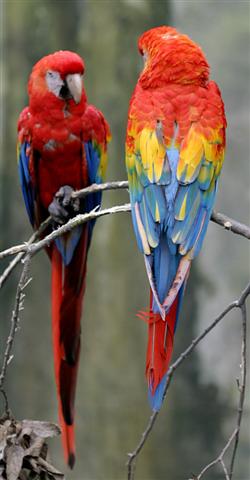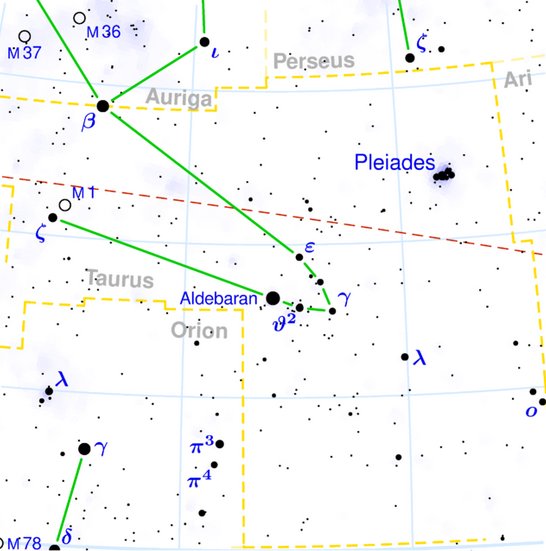226. The date in the year 3149 BC, when the false sun bird Itzam-Yeh (alias Seven-Macaw) had been defeated, was 28 May and at the time of rongorongo the alpha-star of the Bull (Aldebaran) rose heliacally in May 28 (148):
Counting the number of precessional days from the year 3149 BC to my assumed base line year for the rongorongo texts we will find Aldebaran at that time would have risen heliacally approximately (3149 + 1842) / 71 = 4991 / 71 = 70 right ascension days earlier than in May 28 (148), viz. around day 148 - 70 = 78 (19 March). This was neither at the Julian equinox (25 March), nor at the Gregorian equinox (21 March), nor at the astronomically average equinox (20 March). But from day 78 (19 March) to the beginning of a half-year in 1 July (182) the distance was 104 days. 78 = 3 * 26 and 182 = 7 * 26, which means that in 3149 BC there had been 4 * 26 = 104 days from heliacal Aldebaran to 1 July. ... The Celtic year was divided into two halves with the second half beginning in July, apparently after a seven-day wake, or funeral feast, in the oak-king's honour ...
Thus the time frame at the Fall of the False Sun was 6 right ascension days earlier than those *64 corresponding to the position of Hyadum II at the time of rongorongo:
6 * 71 = 426 and 3149 BC - 426 = 2723 BC when, according to a simple extrapolation without regard for the proper motions of the stars, Aldebaran (The Follower of the Pleiades) would have risen heliacally together with the Sun at the Julian equinox in MARCH 25 (84 = 7 * 12 = 6 * 14).
|
|||||||||||||||||||||||||||||||||||||||||||||||||||||||||||||||||||||||||||||||||||||||||||||||||||||||||||||||||||||||||||||||||||||||||||||||||||||||||||||||||||||||||||||||||||||||||||||||||||||||||||






